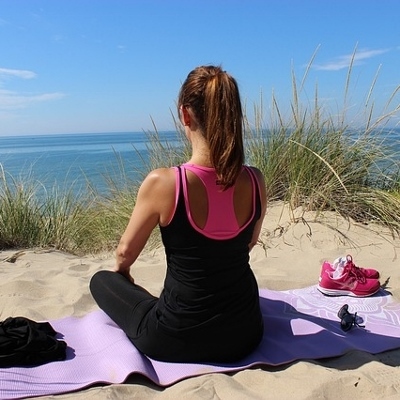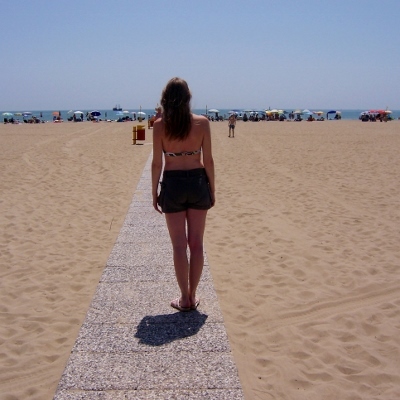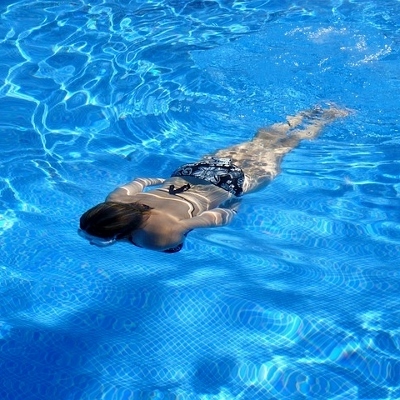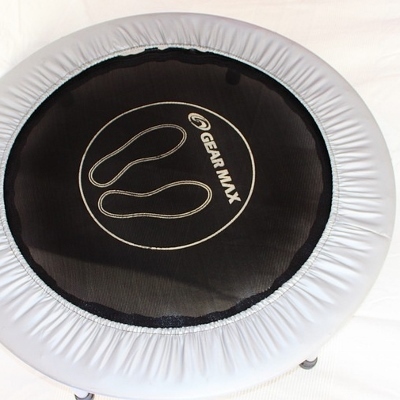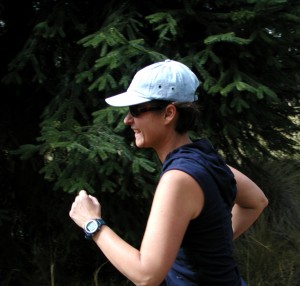 Many people don’t run the way they should; they neglect proper form for distance and/or speed. Over time, this results in painful knees, screaming bunions, persistent backache, and loss of interest. Running should be easy and enjoyable, and I have found the following approaches worth adopting.
Many people don’t run the way they should; they neglect proper form for distance and/or speed. Over time, this results in painful knees, screaming bunions, persistent backache, and loss of interest. Running should be easy and enjoyable, and I have found the following approaches worth adopting.
Everyone has heard of Jeff Galloway. If you have not, you’re welcome. You might actually have adopted the Galloway approach without knowing it. The technique utilizes a run-walk-run approach during a run, interspersing intervals of running with shorter intervals of brisk walking.
This allows the runner to gradually build up cardiovascular strength without suffering injury or pain. The sight of a determined individual merely “shuffling†along may arouse derision in some onlookers, but remember, you feel great. Moreover, some triathletes use it during training, and who’s going to tell them they’re doing it wrong?
A new runner may also have heard of Chi running. Pronounced “chi†as in “tai-chi†and pioneered by Danny Dreyer; it emphasizes awareness of form, not speed. Chi running relies on keeping the torso straight, but with the entire body at a slight lean, following the pull of gravity as a person runs. The foot should land with a mid-foot strike beneath or slightly behind the line drawn by the shoulders and hips, and the runner should “run from the coreâ€, i.e., keep the pelvis level.
Awareness of form becomes particularly pertinent when core running is attempted; the runner becomes aware that a stride does not begin when the knees are lifted, but when the lower abdominal muscles are contracted to enable the lift.
It is impossible to talk about Chi running without mentioning Pose running, developed by Nicholas Romanov. Often described as two very different siblings, Pose running also advocates the same “lean†as Chi running does.
The key difference is that Pose running advocates landing on the forefoot. The Chi running’s mid-foot striking is more natural for those running at a slower pace, while forefoot striking is more suitable for sprinting. Cadence is also higher, and the stride is shortened with Pose running. Even so, both Pose and Chi running promise injury-free running though relaxed, efficient biomechanics.
Personally, changing from heel striking to mid-foot striking made the biggest difference for me where knee and foot pains are concerned. The Galloway method has helped me stick with my exercise regimen. Essentially, running simply is to continuously put one foot in front of the other quickly; however, “simple†may not translate into “easy†or “natural,: which means adopting a different running technique is something that can take time.


